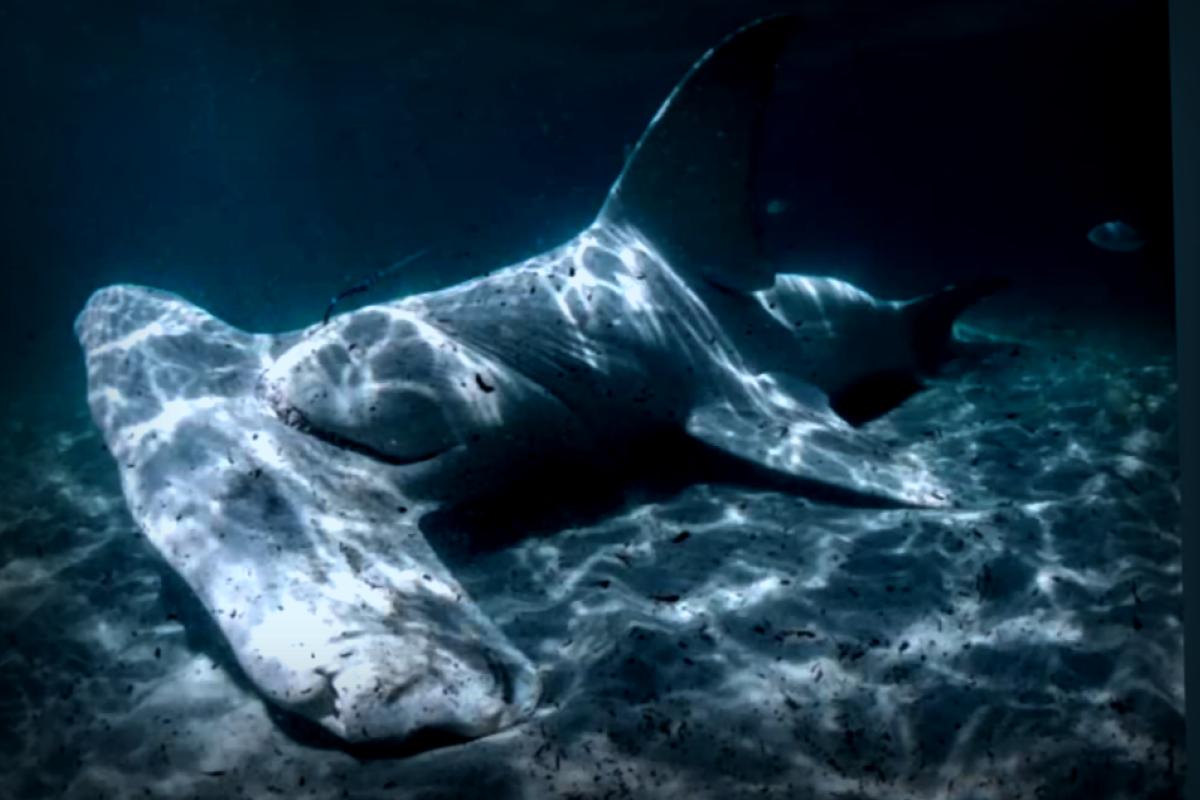It’s rare for apex predators to die suddenly, so when a seemingly healthy 11-foot, 4-inch great hammerhead shark was found motionless off the coast of southeast Florida, it sparked a search for answers.
These magnificent sharks don’t have many enemies in the wild—save for killer whales—so it was clear this particular specimen hadn’t been attacked. But what happened?
A closer look at the shark revealed something unusual: a large fishing hook lodged in its mouth.
According to a Facebook post by the Marine Megafauna Foundation: Americas, the presence of the hook suggests that this majestic female shark likely succumbed to the stresses of catch-and-release sports fishing.
They noted, “This shark almost certainly perished after being released… Stress from capture can be detrimental to these creatures,” explaining that prolonged fights or having the shark out of water for photos can lead to fatal outcomes, particularly for sensitive species like great hammerheads.
Furthermore, researchers monitoring sea turtle nests discovered the shark’s carcass, promptly alerting scientists to gather important data on this unfortunate event.
Typically, hammerhead sharks can live for over 40 years, with the largest on record measuring an impressive 20 feet, as per Oceana.org. However, their population is dwindling, with a staggering mortality rate of 90% once they are captured, whether deliberately or accidentally, according to research from Oceana.
Angela Warrior, Director of the We Love the Sea Foundation, expressed her heartbreak over the situation. In a post on the Marine Megafauna Foundation’s Facebook, she urged, “Many people don’t realize that catch and release fishing can be hazardous for great hammerheads. These sharks are highly sensitive, and the stress causes them to release lactic acid, ultimately crippling their organs and leading to their death.”




















